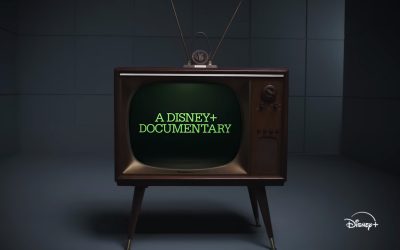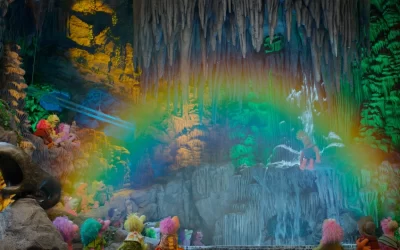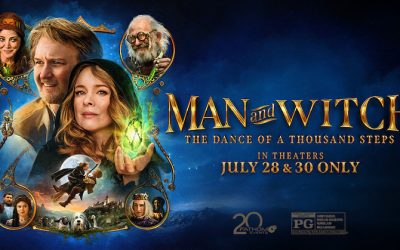This article was expertly written by Jake S. Friedman. Friedman is an author an animation historian whose recent book, The Disney Revolt, chronicles the 1941 Disney strike. Visit him at www.JakeSFriedman.com.
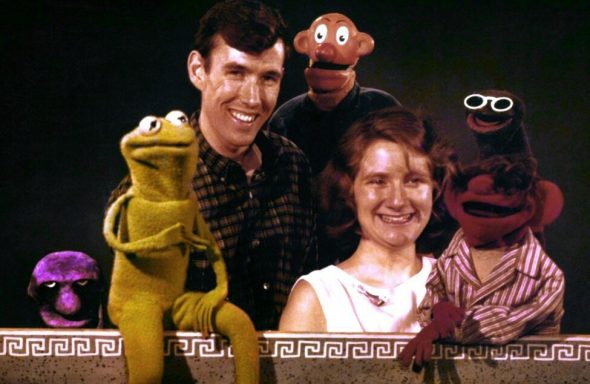
This review of Craig Shemin’s new book, Sam and Friends: The Story of Jim Henson’s First Television Show, is brought to you by Howard Carter’s 1922 discovery of King Tut’s tomb.
But before we get to the tomb, let’s get to the tome: Craig’s book begins where Brian Jay Jones’s biography ends. The time is 1990, shortly after Jim passed. Craig, a young PR employee at Henson, is on an errand in a Raiders-of-the-Lost-Ark-esque storage facility and stumbles on a box of documents all about Sam and Friends. His curiosity is piqued, and in the following years he conducts interviews with Jane Henson about the old show. Over time Craig uncovers several lost scripts, a couple more filmed episodes, and then in 2016 (three years after Jane passes and the Brian Jay Jones bio comes out), Craig has his own King Tut discovery: reel-to-reel audio recordings of 424 episodes of Sam and Friends. These were extremely rare. The show had been shot live. These tapes were the recorded voices, sounds, and music of each episode as it went over the air. No one had witnessed these Muppet performances in sixty-five years.
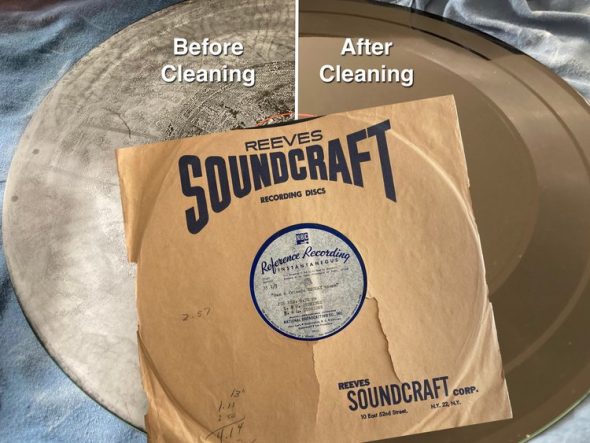
What’s this book got that the Brian Jay Jones’s book hasn’t got, you ask? The answer lies in those lost episodes. In listening to these radio-show-like recordings of Sam & Friends, Craig clearly became not just a documentarian, but a fan of the show. He dedicates half the book to episode summaries! And the rest of it is written like a fan’s treatise of something that IS, not an historical account of what WAS.
Craig makes himself a character in the story, discussing what it was like for him to engage with this material – an overdone trope that a writer should never, ever do.
When I engaged with this material, I was reminded of my own journey researching pop history, specifically animation history. I always found it tricky to humanize larger-than-life creators like Walt Disney and make them relatable. And I, too, had my share of King Tut moments when treasures of lost history completed the puzzle. But more than that, those pieces brought the past to life, creating an experience where today meets yesterday.
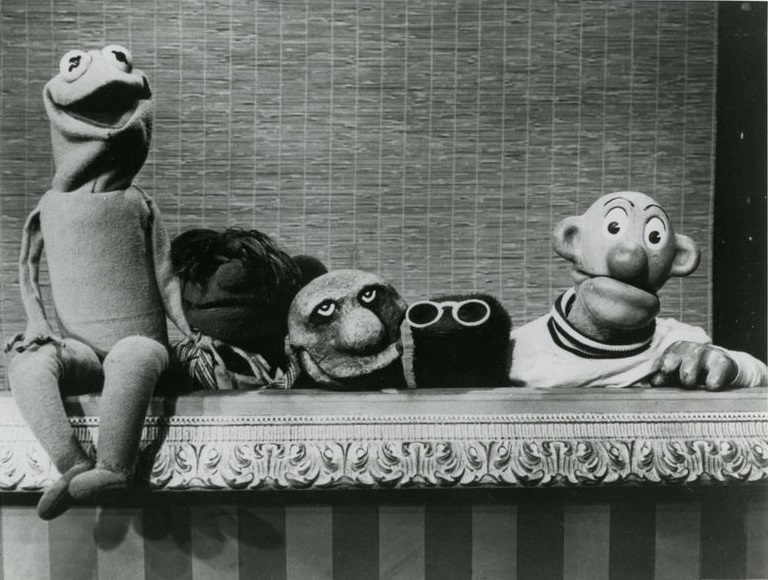
Those 6 ½ years of Sam and Friends is a period of remarkable growth for Jim Henson – it was practically explosive! (Cue Wilkins.) And Craig walks us in those footsteps from the mundane to the becoming – starting as a high schooler who wanted to explore set design, who climbed aboard a local television show where teens were lip-syncing puppets because that was the host’s directive; to choosing lip-syncing puppetry in college because that’s the only thing about television he knew how to do; to being forced to give voice to his puppets because he was required to produce original in-show Esskay commercials. Every effect started as a relatable, mundane cause. In those early years of stumbling forward, “Jimmy” was someone we all could have been. To borrow from Walt Kelly’s Pogo, “We have met Jimmy Henson, and he is us.”
Hugely important were Craig’s interviews with collaborators of that time. “When I interviewed Jane, I didn’t know I would be doing the book – it was just a general oral history interview,” says Craig. “I think the interviews I did with Jane Henson, Bob Payne, and Joe Irwin (Jim’s best friend) were really the most valuable sources of direct information.”
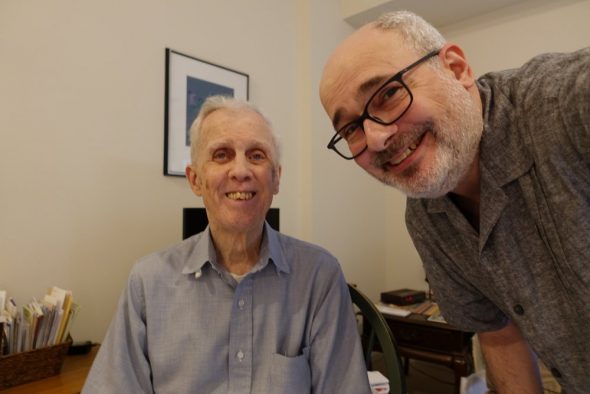
While Brian Jay Jones’s book includes bits from Bob Payne, Joe Irwin, and of course Jane, Craig includes fun minutiae that brings those bygone days back to life. He points out that Brian’s book “couldn’t really do deep dives into any one topic. When you focus on a narrow period of time (1955-1961) like my book does, you can go into much greater detail. You can talk about the technical side of things and go further in depth on everything. … Brian told me that he had some of that information in his manuscript and his editor told him to take it out because there was limited space and the material wasn’t directly related to Jim.” Craig’s book is like zooming into one page of a thick scrapbook, embiggening to see all the details we have missed.
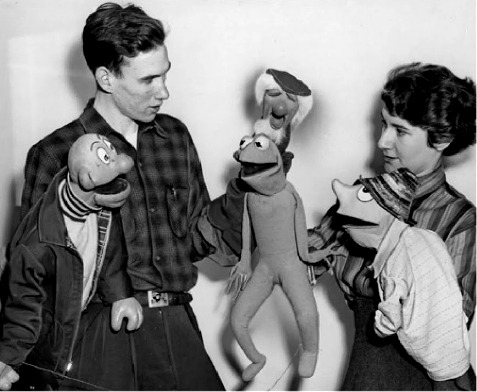
Accompanying the text are an abundance of photos that further bring that time to life. Many of the images are labeled “photo by Jim Henson” or are frames from Jim’s home movies – letting us literally see Jim’s early life through his own eyes. But Craig also walks us through the growing fandom of the viewing audience through yet more research. “I found the Esskay newsletters in the Baltimore Museum of Industry archives. I also found a bunch of newspaper clippings on the Library of Congress website and other online databases. I looked up the TV listings each week (and sometimes daily) to track the broadcast schedule of Sam and Friends – and all of that came from the online newspaper databases.”
And while Brian uses his Sam & Friends chapter to pass the ethos of Jim’s “ridiculous optimism,” Craig passes the ethos of how Jim made use of mistakes that were bound to happen. This was an aspect of Jim Henson that I never fully appreciated until I read Craig’s book. Jim’s embrace of imperfection allowed room for screw-ups, play, and fun. The book has revealed why, even after decades of high budgets and greater production values, Jim would still say that they were all merely “wiggling the dollies.”
We knew that the Muppets did not spring up fully formed. But Craig lays out where the starting influences were. We are shown how Sam and Friends was a snapshot of Jim’s cultural influences, like Pogo and Stan Freberg. But Craig also connects the dots from Sam and Friends to everything that came after. How the Muppet Show UK spots are just Sam and Friends revamped. How many of those characters were reincarnated into future Muppets: Professor Madcliffe into Guy Smiley; Omar into the Swedish Chef; Harry into Dr. Teeth (and maybe the rest of the Electric Mayhem too) and Yorick into all ravenous Muppet monsters.
Make no mistake – I am a deep-rooted fan who thought he knew all there was to know about Jim Henson. I had grown accustomed to his face. But after reading Craig’s book, I experienced something I never expected: I saw a new side of him. I began to see adult Jim Henson as an extension of young Jimmy Henson. Inside the grown man with a thick beard holding Kermit the Frog was a youth holding his mother’s repurposed coat. And just as we all have those younger selves laughing and crying inside us, Jim had Jimmy in there, too.
So in effect, reading this book gives us a look into one hitherto unexplored aspect of Jim Henson’s soul. Or at least how he saw himself. And that makes reading this book a new King Tut treasure to be discovered.
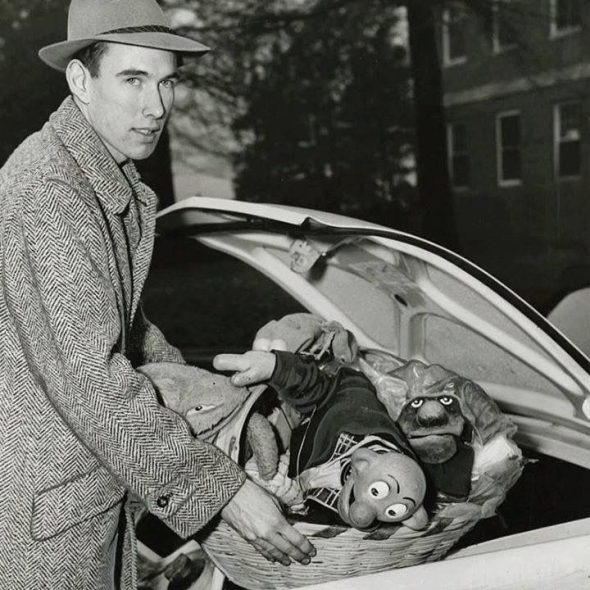
Click here to evolve on the ToughPigs forum!
by Jake Friedman

